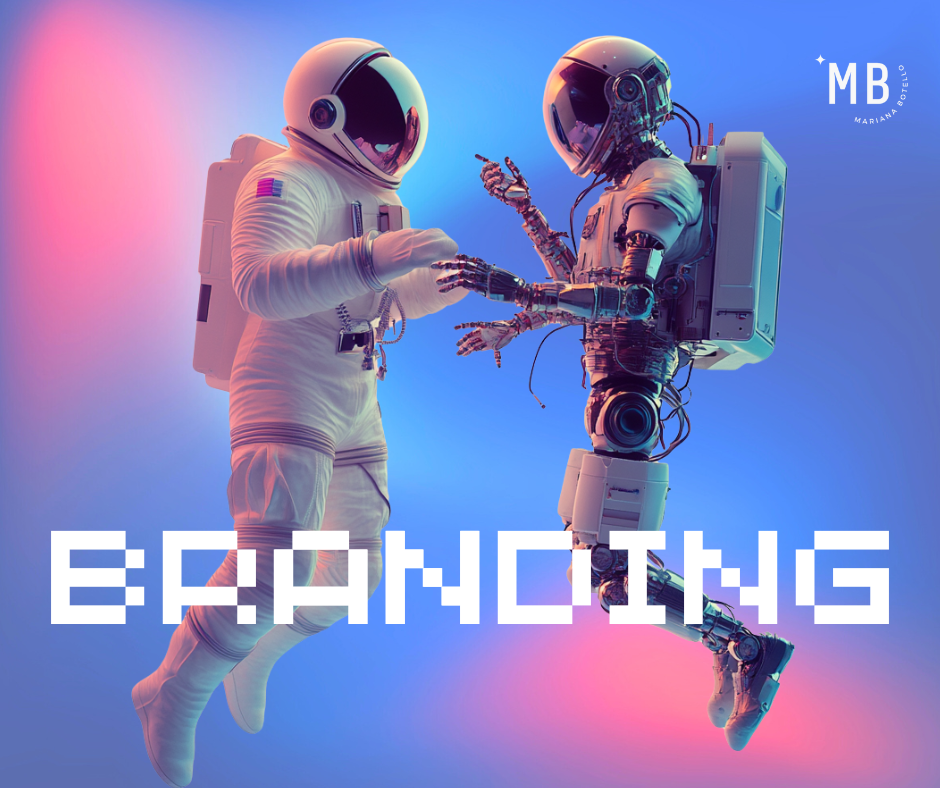2025 Graphic Design Trends: The Rise of Maximalism
- Mariana Botello

- Dec 30, 2024
- 4 min read
Ever wondered why it's becoming increasingly challenging to stand out in the saturated world of digital design? According to a recent Adobe study, 78% of designers consider visual uniformity their biggest challenge in 2025. Discover how experimentation and maximalism are rewriting the rules of graphic design, and learn practical strategies to shine in this new creative era.

The Renaissance of Visual Experimentation
Experimentation in graphic design has evolved significantly in 2025, transforming from a niche trend into a mainstream movement. According to Dribbble's "State of Design 2025" report, 65% of the most successful projects now incorporate experimental elements in their design.
Success Stories in Experimentation:
Jessica Walsh and &Walsh Studio have pioneered innovative approaches using vibrant colors and asymmetrical compositions, along with unconventional typography. The results speak for themselves: 300% increase in social media engagement and a 150% boost in brand recognition.
💡 Pro Tip: Start experimenting with one element at a time. Try different typographic compositions while keeping other design elements consistent.
Maximalism: Design's New Vanguard
After years dominated by minimalism, we're finally experiencing a moment of creative liberation. Maximalism isn't just back: it's completely redefining how we think about design in 2025. And this isn't just another passing trend - emerging brands are embracing this new expressive freedom in ways that would have been unthinkable just a couple of years ago.
As a creative director, I've witnessed how this shift has transformed the briefs we receive. Clients no longer fear color or complexity. They're now seeking designs that tell stories in multiple layers, inviting discovery with each new look. Color palettes have expanded dramatically - nobody settles for two or three corporate tones anymore when they can have a complete chromatic symphony. Typography blends boldly, patterns overlap to create fascinating textures, and vintage elements naturally coexist with futuristic touches.
Gucci's "More is More" campaign perfectly exemplifies this new spirit. They didn't just break all the rules of traditional "good design" - they did it with such conviction that they transformed their brand engagement metrics and, more importantly, redefined their emotional connection with their audience. The numbers tell an impressive story, but what's truly revolutionary is how the public embraced this new visual freedom.
When it comes to tools, we're living in a golden age for experimentation - one that can even feel overwhelming. Adobe Creative Suite 2025 remains the industry standard for good reasons, but what excites me is seeing how more accessible tools like Procreate are democratizing creativity. Blender, being free, has opened the doors of 3D design to a whole new generation of designers. And don't get me started on how AI is enhancing (not replacing) our creativity - Midjourney, Firefly, and Runway have become invaluable collaborators in our creative process.
The impact on brands has been fascinating to watch. When Glossier, known for their almost clinical minimalism, decided to pivot towards maximalism, many considered it a huge risk. However, the authenticity of their evolution resonated deeply with their audience. Nike, meanwhile, proved with their "Maximum Future" campaign that even the most established brands can reinvent themselves when they dare to experiment. Their connection with Gen Z wasn't achieved through more colors or patterns, but by daring to show a bolder, more complex personality.
FAQ - Frequently Asked Questions
Some of the most common questions I receive about this are:
Does maximalism work for all brands? Not necessarily. It's crucial to consider your audience and brand values before implementing significant changes to your visual identity.
How long does it take to implement these changes? On average, a complete transition takes 3-6 months. We recommend a gradual and strategic implementation.
What budget is needed? Costs vary depending on project scale and existing resources. Implementation can be adapted to different budgets.
While experimentation and maximalism are redefining the graphic design landscape in 2025, it's crucial to understand that not all brands should jump on this visual revolution simply because it's trending. The decision to adopt maximalist elements should emerge from a deep analysis considering several key factors:
Your current brand identity and its accumulated visual equity, your audience's profile and expectations, and long-term strategic objectives are elements that need careful evaluation. For instance, a financial services firm or a medical products brand might find that the trust and seriousness conveyed by their current minimalist identity is too valuable an asset to compromise.
The key lies in finding the right balance for each brand. Some might benefit from a complete transformation toward maximalism, while others might incorporate experimental elements selectively and gradually, or even decide to maintain their current direction if it remains effective for their purpose and audience.
As design professionals, our job isn't to blindly follow trends, but to guide brands toward strategic decisions that strengthen their connection with their audience and support their long-term business objectives. Maximalism and experimentation are powerful tools, but like any tool, their effectiveness depends on knowing when and how to use them.
Interested in exploring how your brand could evolve in this new design landscape? Connect with me for a strategic evaluation.


Comments